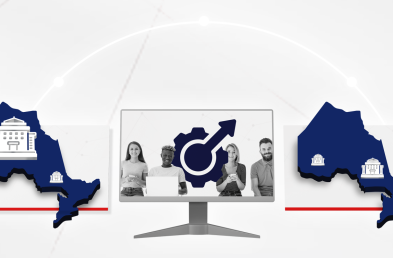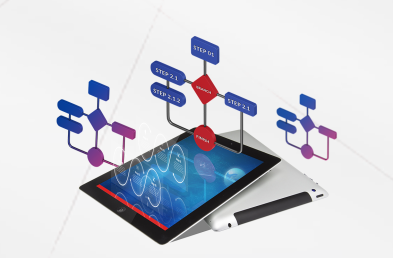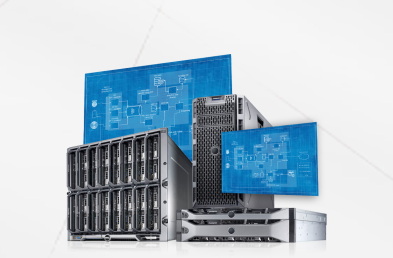We know that business is about people and for people. Whatever industry you are in -from healthcare to public service to private sector. Every organization will be formed by people working together to provide a product or service that will, ultimately, help or serve someone else.
When we use the term Human Capital, we refer to those people who are members of our teams across the organization. Each employee is an asset when working towards a common goal.
Human Capital Management (HCM) is the strategic approach organizations take to optimize the performance, engagement, and retention of their employees throughout their lifecycle in the company. From the very first moment someone contacts the organization through Talent Acquisition strategies to professional growth fostered by training and development plans to succession planning.
The primary goals of HCM are to attract, develop, and retain top talent, aligning individual goals with organizational objectives to drive success. HCM done right, means alignment and integration of technology and strategies that foster a culture of continuous learning and growth, and enhancement of processes and workflow.
HCM Challenges
Even today, in 2024, we face multiple challenges that may seem simple but in reality, they become tedious processes and the fix is not as fast as we may think.
The digital transformation has been ongoing for a decade now, but we still struggle with the adoption of technology or technology sometimes doesn’t cover specific needs -manual paperwork to digital databases and workflow, for example.
The lack of visibility into employee skills and development needs can hinder strategic decision-making and talent management efforts. As with the rise of remote and hybrid work arrangements, HR teams must adapt to new challenges related to workforce mobility and engagement.
Integrating Technology
Technology can solve our problems. But we need to know which technology is the right one to solve that specific problem. Or, even better, which technology will empower our team to create the right environment for organizational growth.
Many processes can be automated. We can streamline Talent Acquisition, simplify tedious repetitive tasks, and access new insights about our workforce. The goal is to enable your HR team to make data-driven decisions easily and personalize the employee experience.
But each of the challenges has grown as the market needs changed, new legislation came into effect, technologies evolved, or some became obsolete, and the needs of employees changed as their own lives changed. Everything is in constant change.
Figuring out which type of technology will provide the biggest value, grow alongside the organization, and help achieve different goals can be tricky. The landscape is complex and there are many options out there.
The fact is that this is a strategic decision. We must make sure that we get the most value for our budget. That means safeguarding the wellbeing of our employees -avoiding frustration and lack of engagement- and empowering them with tools to increase productivity.
One of the most impactful technologies in HCM is the Learning Management System (LMS). An LMS serves as a centralized platform for delivering, managing, and tracking employee training and development initiatives. With an LMS, organizations can provide employees with access to a wide range of learning resources, including online courses, videos, and assessments, tailored to their individual needs and preferences.
But how can we enhance even more HCM with an LMS?
An open-source Learning Management System is a strategic tool. It plays an essential role in enhancing workflow and streamlining your management efforts.
Designing and integrating the right technology into your LMS, will not only help you reduce training costs and maximize your L&D strategies and results, but it will also allow you to:
- Automate compliance
- Optimize your Document Management Process
- Enhance corporate policy workflow
- Improved scheduling for classrooms, sites, units, and employees.
- Detailed reporting and data.
That is without going into the learning world, where you’ll see interactive learning, social progress, multiple learning path options, and more.
A well-designed Learning Management System will help the HR team to cover existing gaps and create a more efficient workflow with specific objectives. It allows for a more powerful administrative experience that fosters more efficient employee development with new skills and capacities.
In conclusion, Human Capital Management is vital for organizations seeking to unlock the full potential of their workforce. By integrating technology, particularly a flexible Learning Management System, businesses can optimize HCM processes and enhance workflow efficiency. Custom SaaS solutions offer additional benefits, allowing organizations to tailor their LMS to meet their specific needs and objectives.
As organizations embrace constant change within HCM, it is essential to prioritize investments in technology that enable seamless talent management and development. By embracing innovative solutions and best practices in HCM, organizations can position themselves for long-term success in an increasingly competitive marketplace.
Investing in technology can drive significant improvements in workforce productivity, engagement, and retention. Embrace the future of HCM with technology as your ally and unlock the full potential of your human capital.




